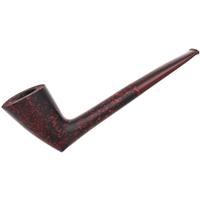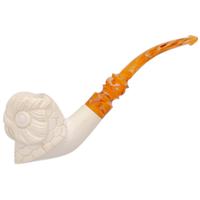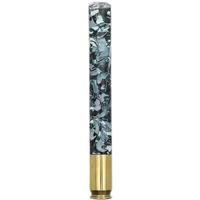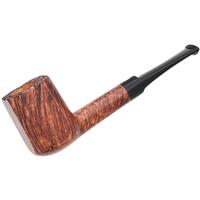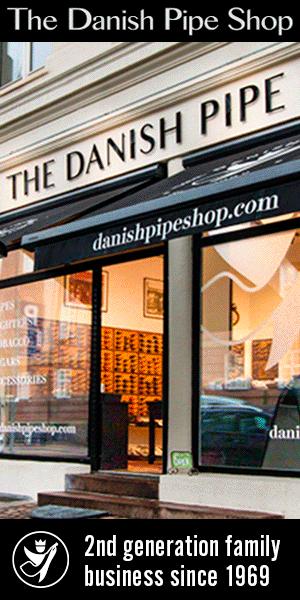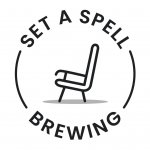Is there a particular style you're brewing? Or perhaps attempting to be something similar to a commercial beer? Or are you designing your own from the ground up?
Your expected FG looks high to me with the strains you've indicated. I'd think you'd end up from about 1.008-1.011, depending upon actual OG, mash temp, and yeast strain. Personally, I wouldn't think of using any of the true English ale strains, like Ringwood or Nottingham for this recipe. They're best used for English ales and IPAs. The Chico strains will at least produce a clean summer-style ale. However, the beauty of homebrewing is experimentation. Maybe an English ale strain would be perfect in a witbier recipe. Lots of innovation has stemmed from homebrewers.
With that same recipe, you could use Wyeast 3944 and get a nice witbier, which is another wonderful summer beer.
The Aussies and Kiwis have a thriving homebrew scene. There's some great new hop varieties coming from NZ.
You may want to check out either homebrewtalk.com or
www.thehomebrewforum.co.uk. Both are great places to discuss homebrewing.
Finally, with those yeasts in your recipe, four weeks at 68F is unnecessarily long. Generally speaking, two weeks for most ale strains is plenty of time, but it's always best to check that the gravity remains the same for 3-4 days to know it's done. Four weeks is OK, but I wouldn't go much longer, as you risk yeast autolysis off-flavors.




